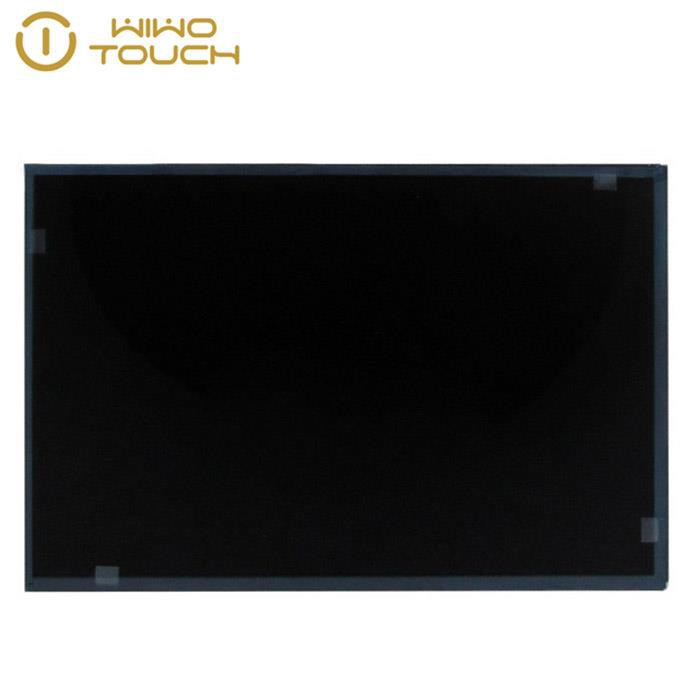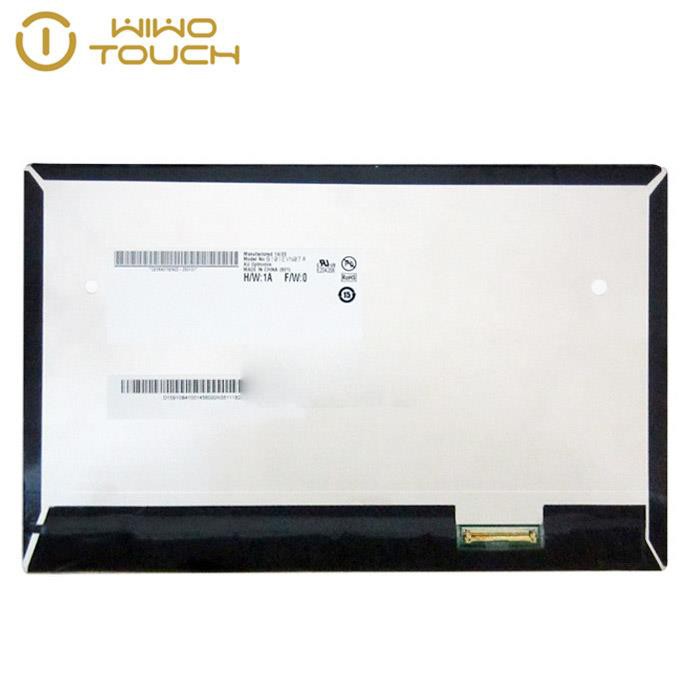In the world of modern electronics, I2C touch screens have become a staple in various devices, from industrial control panels to consumer electronics. As a supplier of I2C touch screens, I've encountered numerous customers who face challenges in handling interrupts from these touch screens. In this blog post, I'll share some insights and strategies on how to effectively manage these interrupts, ensuring smooth and efficient operation of your devices.
Understanding I2C Touch Screens
Before delving into interrupt handling, it's crucial to understand the basics of I2C touch screens. The I2C (Inter-Integrated Circuit) protocol is a serial communication protocol widely used for connecting low-speed devices. I2C touch screens use this protocol to communicate touch events to the host microcontroller.
When a user touches the screen, the touch controller detects the touch and generates an interrupt signal. This signal is sent to the host microcontroller, alerting it that there is new touch data available. The microcontroller then needs to read this data from the touch controller using the I2C protocol.
Why Interrupt Handling is Important
Proper interrupt handling is essential for several reasons. Firstly, it ensures that touch events are processed in a timely manner. If interrupts are not handled correctly, the device may miss touch events, leading to a poor user experience. Secondly, efficient interrupt handling can reduce power consumption. By only waking up the microcontroller when there is new touch data, the device can remain in a low-power state for most of the time.
Strategies for Handling Interrupts
1. Configure the Interrupt Pin
The first step in handling interrupts from an I2C touch screen is to configure the interrupt pin on the microcontroller. This pin is used to receive the interrupt signal from the touch controller. The microcontroller should be set up to detect the interrupt signal on the appropriate edge (rising or falling) or level (high or low).
// Example code for configuring an interrupt pin on an Arduino
const int interruptPin = 2;
void setup() {
pinMode(interruptPin, INPUT_PULLUP);
attachInterrupt(digitalPinToInterrupt(interruptPin), handleInterrupt, FALLING);
}
void loop() {
// Main loop code
}
void handleInterrupt() {
// Code to handle the interrupt
}
2. Debounce the Interrupt Signal
In some cases, the interrupt signal from the touch controller may be noisy or prone to glitches. To prevent false interrupts, it's a good idea to debounce the interrupt signal. Debouncing involves adding a small delay or using a hardware filter to ensure that the interrupt signal is stable before processing it.
// Example code for debouncing an interrupt signal
const int interruptPin = 2;
const int debounceDelay = 50; // 50 milliseconds
unsigned long lastInterruptTime = 0;
void setup() {
pinMode(interruptPin, INPUT_PULLUP);
attachInterrupt(digitalPinToInterrupt(interruptPin), handleInterrupt, FALLING);
}
void loop() {
// Main loop code
}
void handleInterrupt() {
if (millis() - lastInterruptTime > debounceDelay) {
// Code to handle the interrupt
lastInterruptTime = millis();
}
}
3. Read the Touch Data
Once the interrupt is detected and debounced, the microcontroller needs to read the touch data from the touch controller using the I2C protocol. The touch data typically includes information such as the touch coordinates, touch pressure, and the number of touches.
// Example code for reading touch data from an I2C touch controller
#include <Wire.h>
const int touchControllerAddress = 0x12;
const int touchDataRegister = 0x00;
void setup() {
Wire.begin();
}
void loop() {
// Main loop code
}
void handleInterrupt() {
Wire.beginTransmission(touchControllerAddress);
Wire.write(touchDataRegister);
Wire.endTransmission(false);
Wire.requestFrom(touchControllerAddress, 4); // Assume 4 bytes of touch data
if (Wire.available() == 4) {
byte data[4];
for (int i = 0; i < 4; i++) {
data[i] = Wire.read();
}
// Process the touch data
}
}
4. Process the Touch Data
After reading the touch data, the microcontroller needs to process it to determine the appropriate action. This may involve mapping the touch coordinates to the screen coordinates, detecting gestures, or triggering specific functions based on the touch events.
// Example code for processing touch data
void processTouchData(byte data[]) {
int x = (data[0] << 8) | data[1];
int y = (data[2] << 8) | data[3];
// Map the touch coordinates to the screen coordinates
int screenWidth = 800;
int screenHeight = 480;
int mappedX = map(x, 0, 4095, 0, screenWidth);
int mappedY = map(y, 0, 4095, 0, screenHeight);
// Do something with the mapped coordinates
Serial.print("Touch detected at (" + String(mappedX) + ", " + String(mappedY) + ")");
}
Common Challenges and Solutions
1. Interrupt Overflow
If the touch screen generates interrupts too frequently, the microcontroller may not be able to handle them all in a timely manner, leading to interrupt overflow. To solve this problem, you can adjust the sensitivity of the touch screen or implement a buffering mechanism to store the touch data temporarily.
2. I2C Communication Errors
I2C communication errors can occur due to various reasons, such as noise on the I2C bus, incorrect device addresses, or timing issues. To troubleshoot these errors, you can use an I2C analyzer to monitor the communication between the microcontroller and the touch controller. You can also add error handling code to your program to retry the communication in case of errors.
Conclusion
Handling interrupts from an I2C touch screen is a critical aspect of designing devices that use these touch screens. By following the strategies outlined in this blog post, you can ensure that your devices process touch events accurately and efficiently.
As a supplier of I2C touch screens, we offer a wide range of 10.1 Inch TFT LCD Ips Display, 10.1 Inch TFT LCD Made In CN, and 10.1 Inch TFT Active Matrix LCD products. If you're interested in purchasing our touch screens or have any questions about interrupt handling, please feel free to contact us for further discussion and procurement negotiation.


References
- "I2C Protocol Specification" - NXP Semiconductors
- "Touch Screen Technology Basics" - Texas Instruments
- "Microcontroller Interrupt Handling" - Atmel Corporation




